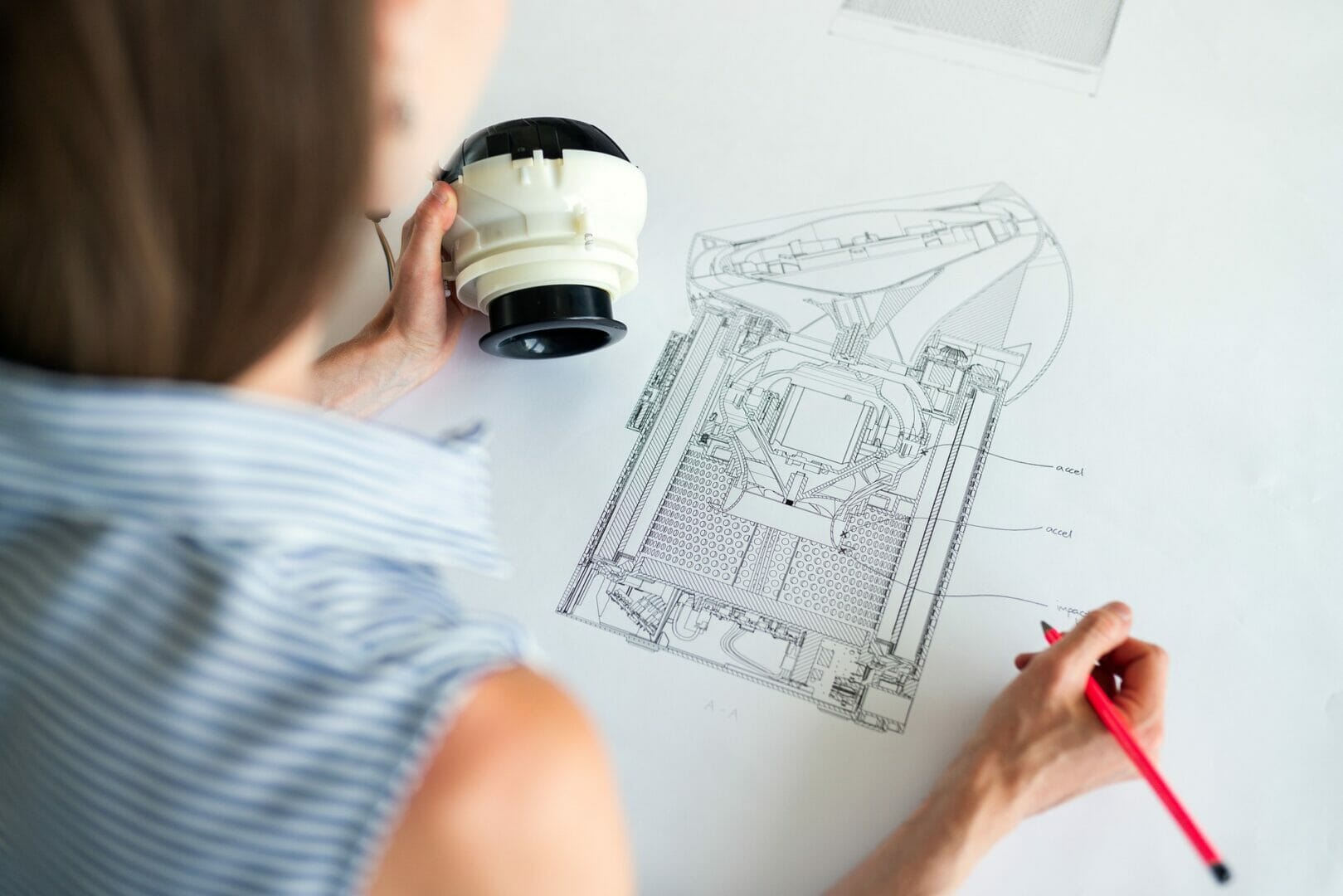UNESCO reports a striking gender disparity in STEM education. In higher education, only 35 per cent of students enrolled in STEM-related fields are female. Anjali Shekhar, product development engineer at global composites manufacturer Exel Composites, knew she was destined to work in engineering from the first time she saw the stars at a school workshop. Ahead of Women in Engineering Day on June 23, 2020, Shekhar discusses how she has developed her career and what can be done to encourage future generations. I first knew I wanted to pursue a career in engineering during a school stargazing workshop. At the time, I realised that one day I wanted to work in an industry that would bring me closer to what we had studied. I initially set my goal to become an astrophysicist, but I quickly realised that I wanted to use my practical skills.
After some research, I decided that aeronautical engineering would provide me with the career that I wanted. This choice took my family by surprise, because aeronautical engineering was an unconventional engineering pathway — it was a very new subject and was more practical than many other engineering careers.
Out of the near 50 students enrolled on the course, only five of us were female. However, we found that we were sometimes more capable at some of the practical skills than the males in class. In fact, during the programme most of my peers came to me for help with welding — a stereotypically male-dominated skill that I excelled at.
After I completed my undergraduate degree, I had the chance to work in the aerospace sector when I was accepted onto a graduate scheme working on new Airbus aircraft.
My role specifically looked at passenger flow rate and designing floor supports. This position allowed me to understand the difference between academic and real-world engineering. It was during this course that I decided I wanted to pursue a Master’s in aerospace engineering.
In 2018, while finishing my master’s programme, I secured a position at Exel Composites as a product development engineer. During my interview, I was taken to see the production line, which allowed me to not only see the practical side of the role, but also get a feel for the company culture. The team at Exel has helped me learn about the development of composites and the variety of uses the material has across several industrial applications, some of which I already had experience of from in my previous roles.
The next generation
There is still plenty that needs to be done to encourage more women into the STEM sector. While the number of women in engineering is improving, especially thanks to initiatives such as UNESCO’s global learning crisis report and the Women’s Engineering Society (WES) National Women in Engineering Day, a lot more can be done to raise the profile of female engineers.
I think there are also huge opportunities for women currently working in STEM roles to inspire the next generation. Prospective students aren’t always aware of just how vast the engineering field is and the endless possibilities it holds, yet capturing the next generation’s imagination at a young age is vital.
It’s also vital for larger organisations to help bridge the gap, while being mindful of avoiding any bias when interviewing and hiring new staff. It’s important that engineers are hired based on their abilities and experience, rather than just being recruited for a quota fulfilling exercise.
Once in the industry, female engineers also have a responsibility to support those around them. This could be through mentoring colleagues or students, of all genders, or supporting initiatives such as the WES National Women in Engineering Day.
Engineering is a problem-solving industry, but the only way to have innovative problem solving is by incorporating as many different perspectives as possible. Women have a lot to give to the field and I believe we should be doing as much as possible to encourage and inspire the next generation, just like I was at my school workshop.








